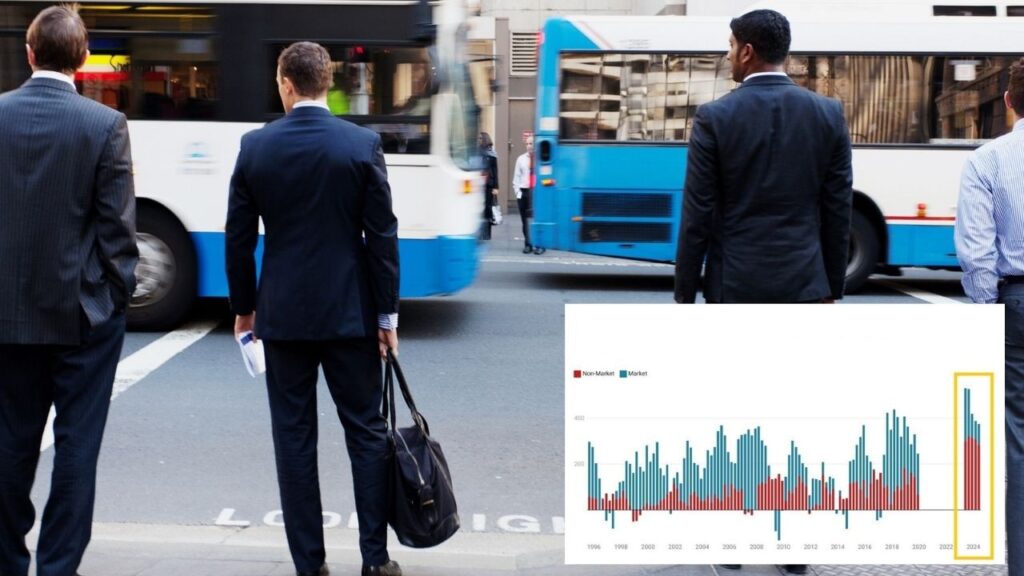Aussies brace for unrelenting heatwave, storms
Written by admin on November 9, 2024
Millions of Aussies are bracing for unrelenting heatwave conditions over the coming week, with the east coast set to be battered by storms of up to 30mm over the weekend.
A hot air mass over the country’s north caused temperatures to exceed 45C at six separate locations in Western Australia, Queensland and NSW – getting as high as 45.9C at Roebourne in WA’s Pilbara region.
The “abnormally hot” temperatures are set to remain elevated amid a three-day heatwave warning for parts of Queensland.
The severe heatwave warning, issued by the Bureau of Meteorology (BOM), covers the Peninsula, Gulf Country, Northern Goldfields and Upper Flinders, Central Highlands and Coalfields, Central West, North West, Maranoa and Warrego, Darling Downs and Granite Belt, Wide Bay and Burnett and Southeast Coast forecast districts.
Maximum temperatures are forecast to hit the high 30s to low 40s, the BOM’s warning states.
Overnight, the mercury will only dip to the mid-to-high 20s, “tending mid-teens to low 20s in the southeast districts”.
Brisbane is forecast to hit maximum temperatures of 30C over Saturday and Sunday.
According to Weatherzone, the heatwave gripping the three states is “abnormally hot” for the month of November.
“In the Pilbara, Onslow Airport’s running average maximum temperature for the first week of November was 39.4C, which is 5C above the long-term average,” a Weatherzone spokesman said.
The soaring heat in the eastern states could be tempered by a trough and low pressure system developing over the weekend, which is forecast to dump falls between 10-30mm over northeast NSW and southeast Queensland.
The cloud cover will develop over late Saturday morning and spread in the afternoon.
Thunderstorms are forecast to bring damaging winds, lightning strikes, and hail, which may also cause flash flooding over the Wide Bay and Burnett, southern Central Highlands and Coalfields and eastern Maranoa and Warrego districts.
In NSW, the warning has been extended to the Northern Rivers and Northern Tablelands regions.
On Friday, a combination of gusty winds and 30C temperatures resulted in a total fire ban for the greater Sydney region.
A grassfire which broke out at Sydney Airport as a result of an engine failure was exacerbated by the unfavourable conditions.
Melbourne is tipped to reach just 21C over the weekend while Adelaide is expected to remain cloudy with temperatures as high as 26C
Canberra is forecast for a maximum of 27C over the weekend, Perth 26C after storms on Friday, Hobart 19C and sunny, and Darwin a steady 35C .
The months from April to October were Australia’s third warmest on record – behind 2013 and 2005 in the Bureau of Meteorology’s 115-year data set.
Sky News meteorologist Rob Sharpe predicts November and December could experience extra rain and warmer-than-usual weather.
“There were few significant climate influences for the seven-month stretch, with El Nino officially ending as the season began,” he said.
Australia is seeing less rainfall than it is used to in the cool season – with this reduction most pronounced in the southern half of the country.
“northern Australia’s ‘dry season’ rainfall has remained quite steady with a marginal rise in this statistic,” Mr Sharpe said.
“Therefore, when looking at the map from the most recent seven months it shouldn’t come as a surprise to see the red shading mainly in the south and the blues in the north.”







